Argenti Film has released a new black and white film called Docemasuno with a box speed of ISO 13. The name of the film was inspired by what Argenti says is a Spanish form of superstition where many avoid saying the number thirteen as Docemasuno translates to “twelve-plus-one”.
But what do superstitions have to do with film?
Argenti says, ‘The film was inspired in this very Spanish form of superstition, but also the superstition to shoot “technical” or “slow” films by many photographers. In fact, we believe that shooting slow films really puts you in the mood and requires you to think through your shots, and in general is a lot of fun, especially for long summer days.’
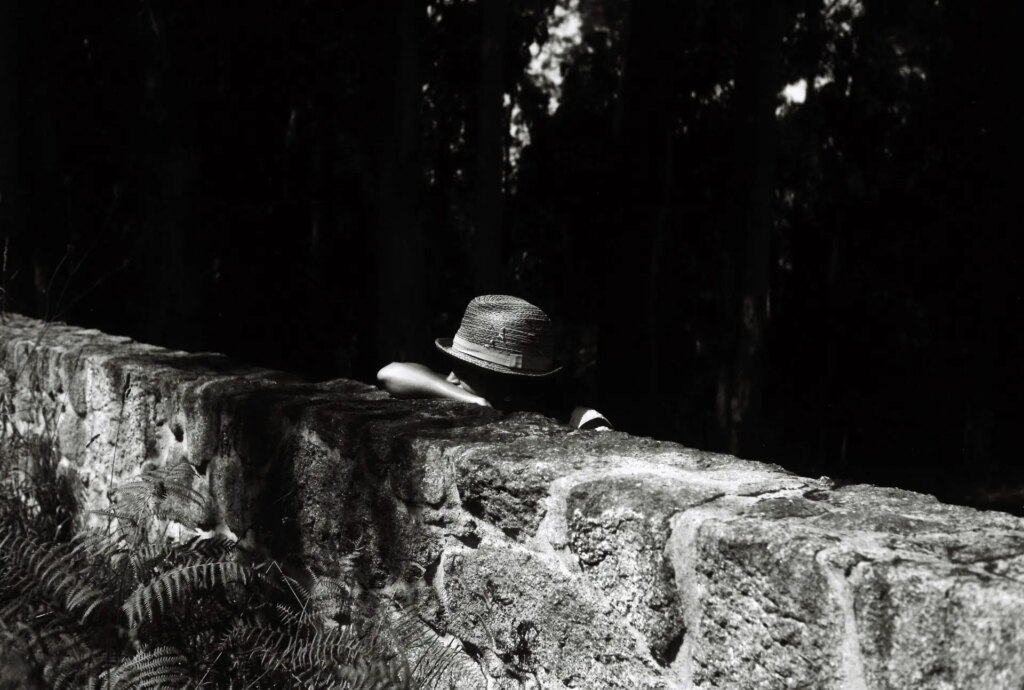
While this film is a native box speed of ISO 13, Argenti mentions it can easily be pushed to ISO 25, but more testing is needed for pushing to ISO 50 and ISO 100.
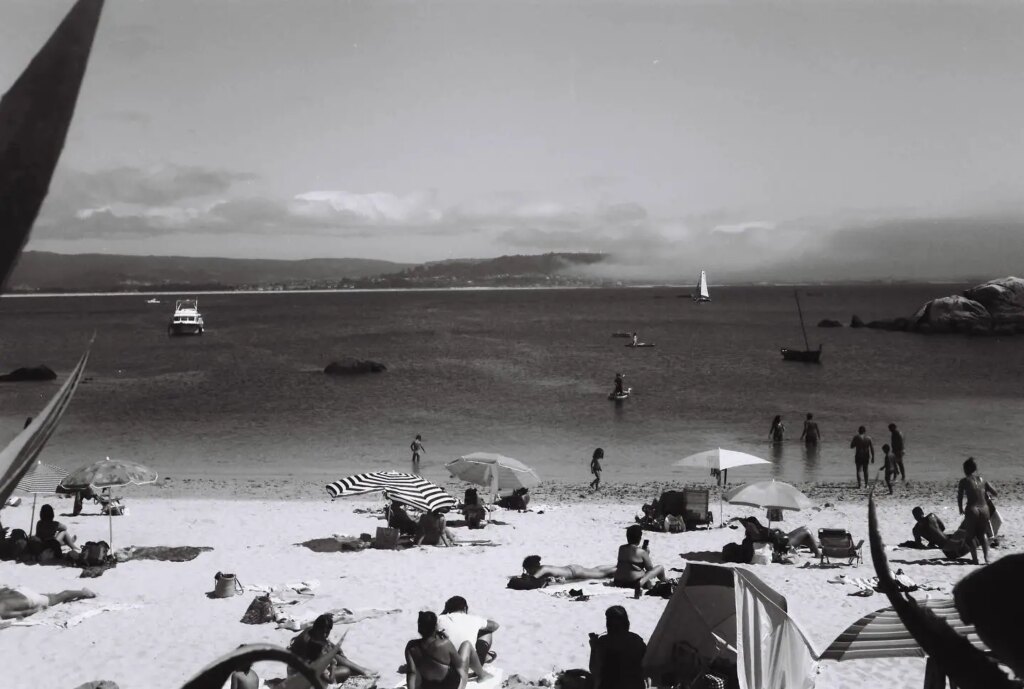
The sample images here of the polyester-base film were provided by Foto R3, an analog photo store and film lab connected with Argenti Films, founded by Mark Ostrowski. They were all shot on a Canon QL19 and pushed to ISO 25.
For those that would aim to process the film at home, the samples here were developed in Suprol for 4 minutes at 25ºC. Foto R3 says, ‘Even with this rather “savage” development, the film shows good tonal range…so we imagine it will really shine with longer development, or even semi-stand development.’
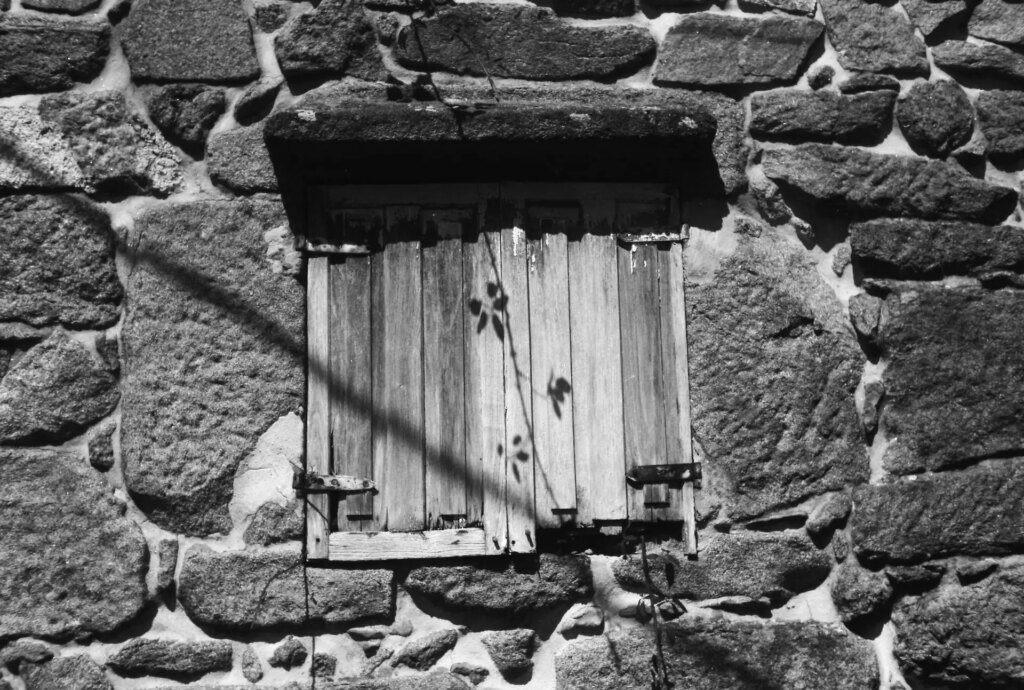
The small film producer based in Spain has been making its own line of film since 2003 with small but steady production runs. Their list of current active films include Nanotomic-X, Vario Scale-X, Contrasto 200, Reporter Film Plus 400, and Noa Noa (variable speed B&W emulsion).
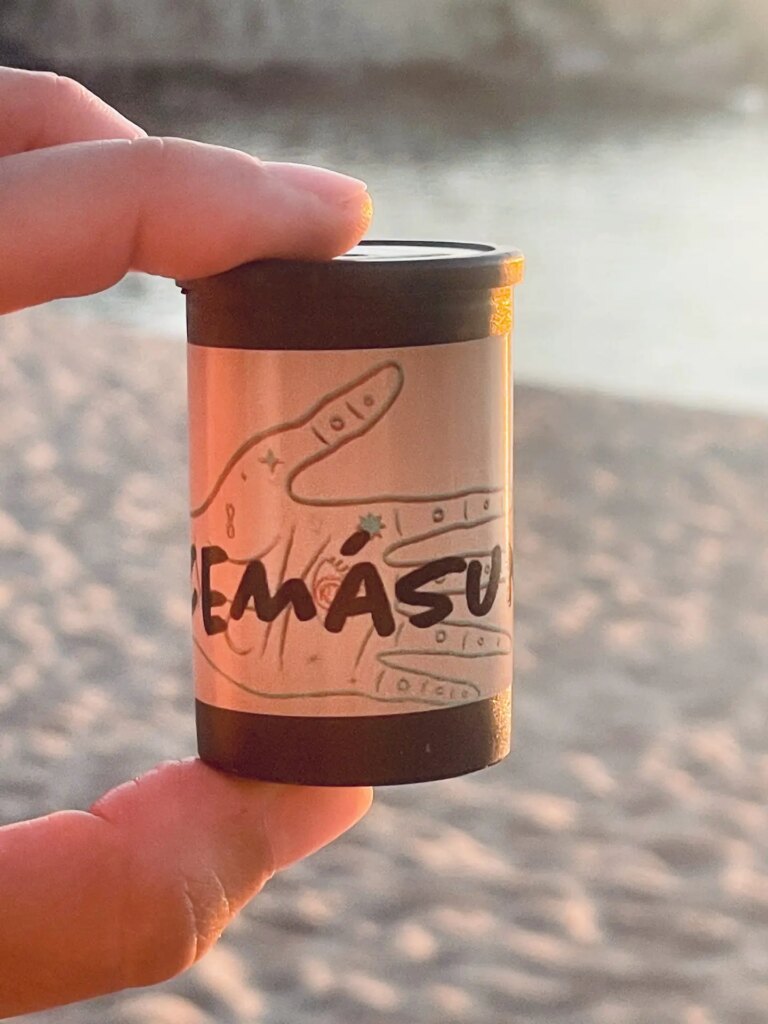
To purchase Docemasuno, you can head over to Foto R3’s webstore here. Foto R3 was founded by Mark in 2005 and is based in Gijón, Spain.
Share this post:
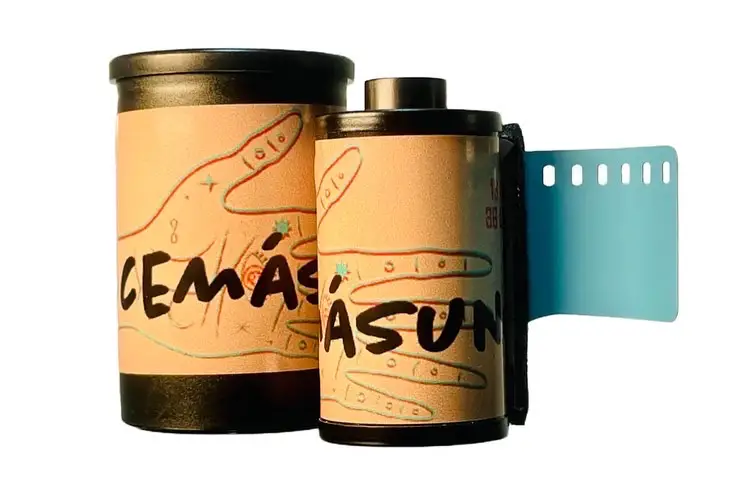








Comments
Eric Rose on New Low-ISO Black and White Film from Argenti – Docemasuno
Comment posted: 07/09/2022
Dan Castelli on New Low-ISO Black and White Film from Argenti – Docemasuno
Comment posted: 07/09/2022
Thanks for the series of posts you’ve published on 35MMC over the past few months. All have been informative and insightful. Please continue…
There seems to be a wave of unusual, low speed films coming to market. I’m here to argue for some new high speed B&W films (are you reading Kodak & Ilford?) in the 1200 to 1600 ISO ranges. I know 400 film can be pushed, and 3200 film can be down rated, but a nice, true ISO film, non C-41, in the 1600 range would, IMHO, would be pretty sweet.
Regards,
Dan
Comment posted: 07/09/2022
Comment posted: 07/09/2022
Graham Orbell on New Low-ISO Black and White Film from Argenti – Docemasuno
Comment posted: 07/09/2022
The first Kodachrome films I shot were 10 ASA before Kodachrome 2 became available at 25 ASA.
B&W films then were probably mainly around 50 ASA. A “fast” film would have been Super Anscochrome at 100 ASA or Kodak Super XX panchromatic B&W at around 100 ASA. Instructions used to suggest taking photos with the sun shining over your shoulder.
Argenti ISO 13 will be great for longer exposure photos without needing to resort to ND filters. It seems counterproductive to push it rather than simply using a faster film.